The Cradle of Wine: Georgia’s Timeless Legacy

Imagine holding a glass of wine that connects you directly to a tradition more ancient than Rome or Greece. That’s what happens in Georgia, a country often called the “Cradle of Wine.” Archaeologists have dug up evidence of winemaking here that dates back at least 8,000 years. This is not just a nickname—it’s a fact supported by discoveries of ancient grape seeds and clay vessels right in Georgian soil. Georgia is home to over 500 unique grape varieties, more than almost anywhere else in the world. In 2013, UNESCO recognized Georgia’s traditional winemaking as Intangible Cultural Heritage, an honor reserved for practices considered vital to humanity. When you sip Georgian wine, you’re tasting something that has endured through empires, wars, and revolutions. It’s not just wine—it’s living history in a glass.
Qvevri: The Ancient Clay Secret
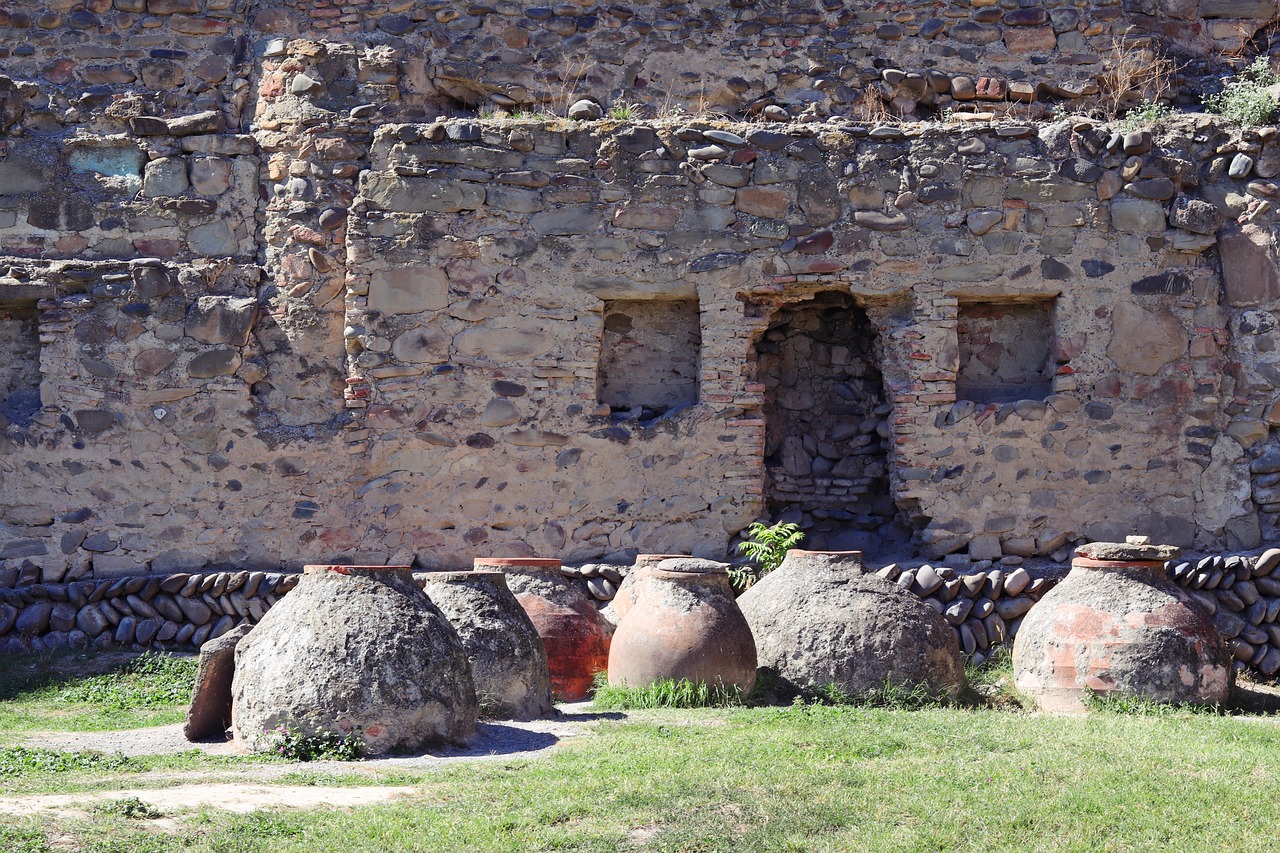
Georgian winemakers don’t just use any barrel or tank—they rely on qvevri, massive egg-shaped clay vessels buried beneath the earth. The process is as dramatic as it is ancient: grapes, stems, skins, and even seeds are all tossed in, then sealed up to ferment for months underground. This method is special because the wine ferments with everything from the grape, creating deep, earthy flavors and robust textures. Recent research shows that qvevri wines have higher levels of antioxidants compared to wines from stainless steel tanks. These antioxidants aren’t just a health bonus—they give the wine a complexity you can’t fake. In fact, winemakers around the globe are now trying to copy the qvevri technique, but nothing quite matches the magic of the Georgian original.
A Rainbow of Flavors: Georgia’s Indigenous Grapes
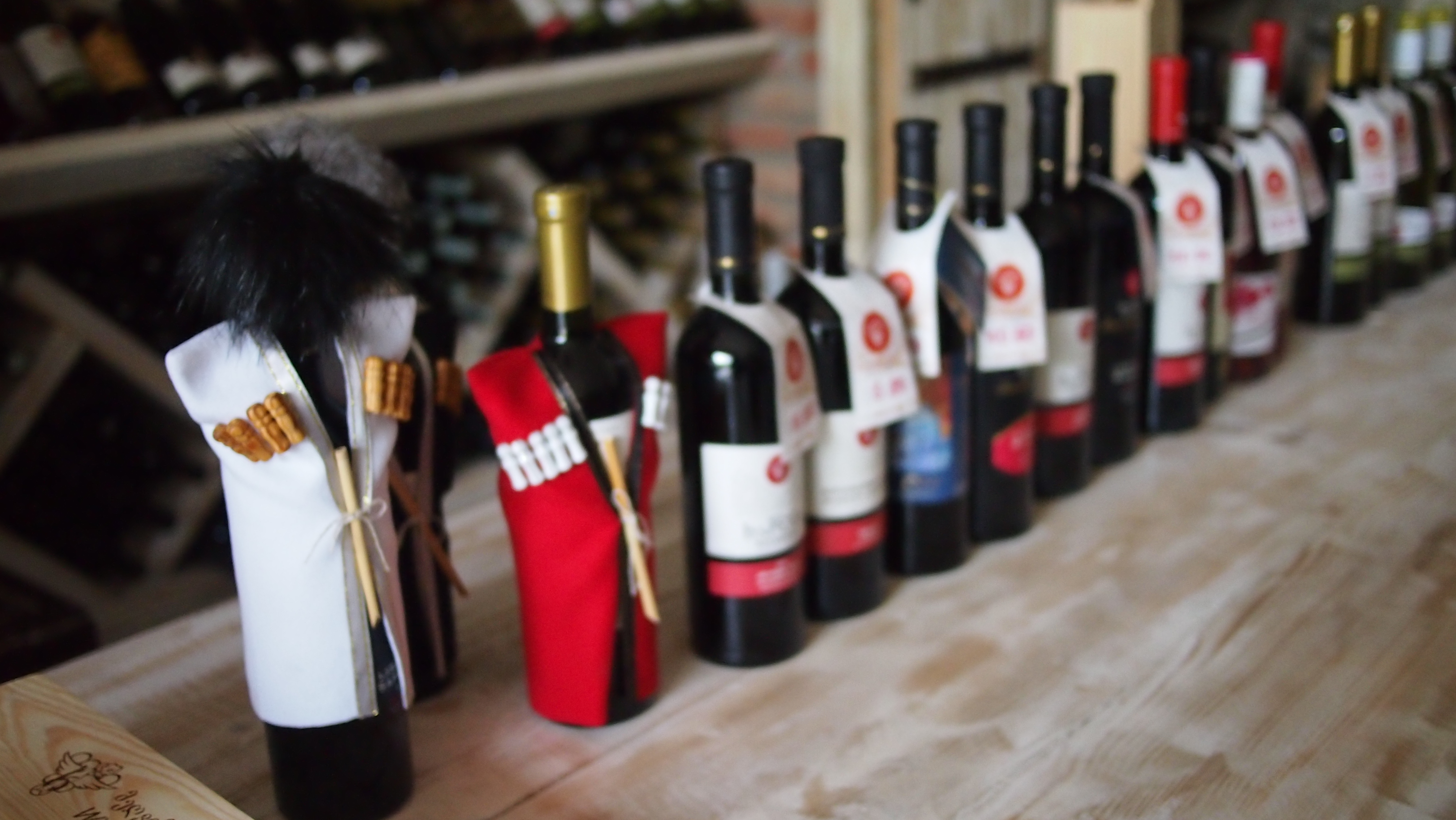
Georgia’s grape diversity is breathtaking. There are more than 500 indigenous grape varieties grown in the country’s varied microclimates, from lush river valleys to rolling highlands. Saperavi, the bold red grape, produces wines so dark they’re almost black, bursting with berry and spice. Rkatsiteli, a white grape, delivers aromatic and crisp wines perfect for hot days. Then there’s Kisi and Mtsvane, which are used to make “amber” or “orange” wines by fermenting white grapes on their skins. The National Wine Agency of Georgia reported in 2024 that exports soared above 80 million bottles, a new record that proves the world can’t get enough of Georgia’s remarkable range. Each grape brings a different story, flavor, and piece of Georgia’s soul to your glass.
Wine Tourism: A Journey for the Senses
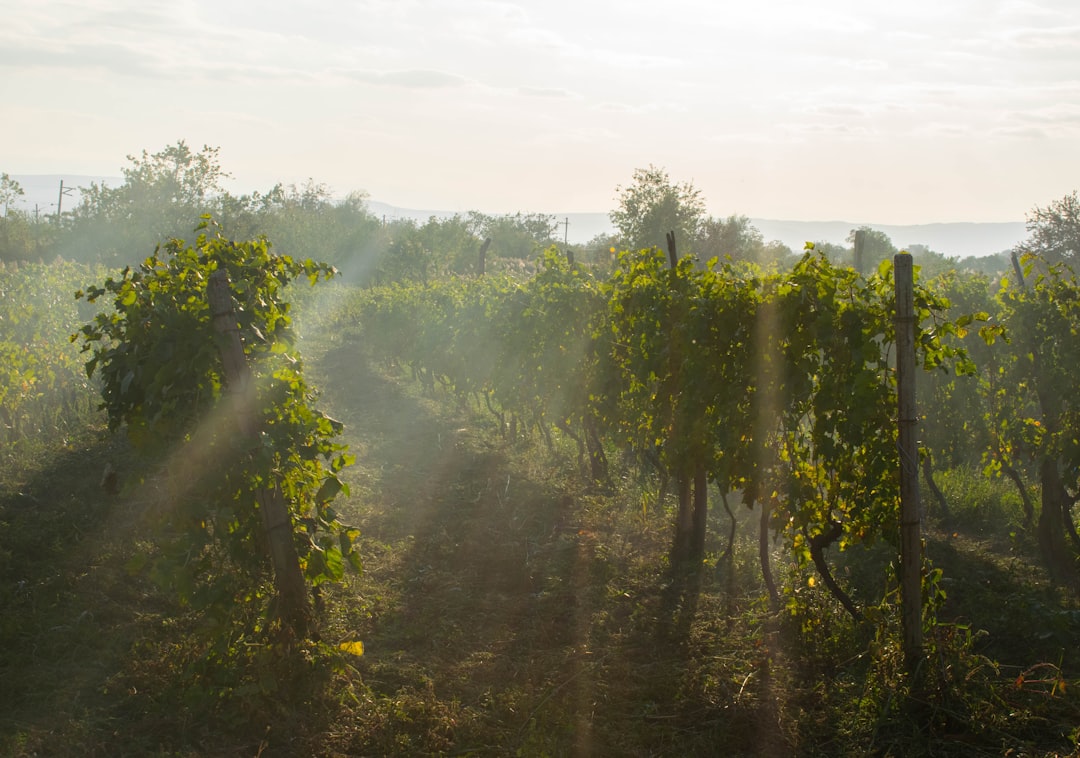
Visiting Georgia for wine isn’t just about the drink—it’s an adventure for every sense. In 2023, more than 1.5 million tourists flocked to Georgia specifically for wine experiences. In the sun-drenched region of Kakheti, you can wander through vineyards, taste wines straight from the qvevri, and join in a feast called a “supra” where locals sing, toast, and laugh for hours. Local tour companies offer hands-on experiences, like grape harvesting and traditional bread baking, that let you feel part of the community. This kind of warm hospitality is why wine tourism now contributes a growing share to Georgia’s economy. It’s not just travel; it’s memory-making, one sip at a time.
Pairing Georgian Wines with Local Flavors

Georgian wine is made to dance with Georgian food. The country’s cuisine is famous for bold flavors—think gooey khachapuri, pillowy khinkali dumplings, and spicy stews. The tangy, tannic reds like Saperavi cut through the richness of cheese-filled pastries, while crisp whites like Rkatsiteli refresh your palate after a bite of spicy lamb kebab. According to a 2024 survey by the Georgian Culinary Association, 85% of tourists said they preferred pairing local wines with their meals, finding the experience richer and more enjoyable. It’s no wonder: the acidity and depth of Georgian wines are practically tailor-made for the country’s hearty dishes. Eating and drinking here feels less like a meal, more like a celebration.
Health Benefits: Science Backs Georgian Wine

Georgian wines, especially those made in qvevri, are more than delicious—they’re packed with health-boosting compounds. Recent studies, including one published in the Journal of Wine Research in 2023, have found that regular, moderate consumption of Georgian wine is linked to improved heart health and reduced inflammation. The antioxidants—like resveratrol—are higher in qvevri wines, thanks to the unique fermentation process. People in Georgia have some of the world’s longest lifespans, and locals often credit their daily glass of wine. Experts are quick to remind us that moderation is key; a glass or two with a meal is the sweet spot. But it’s nice to know that a centuries-old tradition can also be good for your heart.
The Natural Wine Revolution
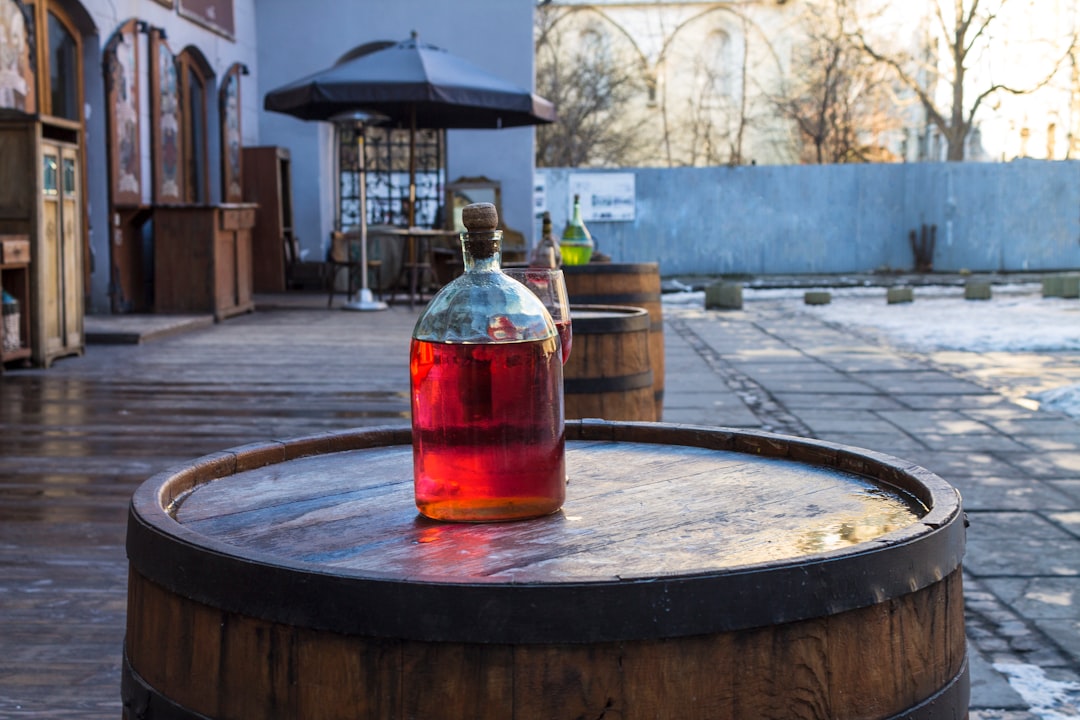
In the last few years, natural wines have gone from niche to mainstream, and Georgia is leading the charge. Natural wines are made with minimal intervention—no chemicals, no additives, just pure grape and time. Georgian winemakers have embraced organic and biodynamic farming, letting the land speak through the wine. In 2024, natural wine sales in Georgia shot up by 30% over the previous year, reflecting a worldwide hunger for authenticity. This isn’t a passing fad; it’s a return to roots, with producers letting ancient techniques and wild yeasts guide the process. For many wine lovers, a Georgian natural wine is a revelation—wild, unpredictable, and full of character.
Export Boom: Georgia’s Wines Go Global
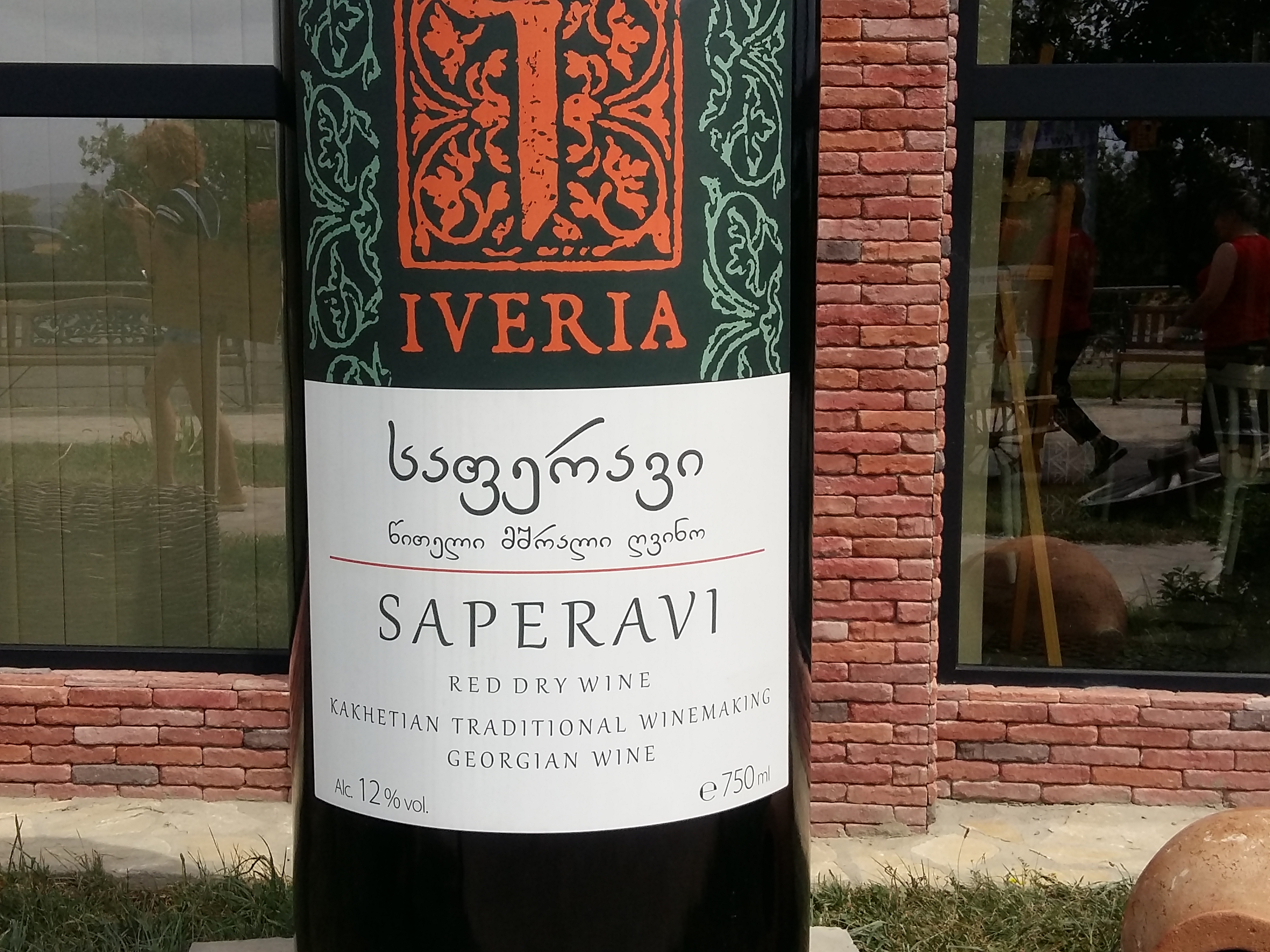
The world has noticed Georgia’s wine revolution. In 2025, the National Wine Agency of Georgia reported a 15% increase in exports compared to 2024. More bottles are making their way to the United States, China, the UK, and beyond. International wine fairs now feature Georgian wines front and center, and sommeliers from top restaurants are adding Saperavi and orange wines to their lists. Global demand is being driven by curiosity about ancient methods and the fresh, vibrant flavors that stand out from mass-produced wines. This export boom is transforming local wineries and helping more people discover what makes Georgian wine so special.
Wine Festivals: The Heartbeat of Georgian Culture

Georgia’s love for wine is on full display at its many festivals. The Tbilisi Wine Festival, held every year, turns the capital city into a giant tasting room. In 2023, over 100 wineries poured more than 500 different wines for thousands of visitors. Local musicians, dancers, and artisans join in, creating a festival atmosphere that’s part family reunion, part street party. These gatherings help new producers showcase their creations and give visitors a taste of Georgia’s hospitality. The festivals aren’t just about wine; they celebrate the country’s spirit, history, and sense of togetherness.
Georgian Wine in the Modern World

Despite its ancient roots, Georgian wine is anything but stuck in the past. Young winemakers are blending tradition with innovation—experimenting with new blends, updating labels, and exploring global tastes while staying true to their heritage. International awards and critical praise are now common, with Georgian wines winning medals at competitions in London, Paris, and Hong Kong in 2024 and 2025. The National Wine Agency is investing in research, marketing, and education to ensure Georgia’s wine story keeps unfolding for future generations. As these wines appear on more shelves and menus around the world, more people are discovering that they’ve been drinking wine all wrong—until they try it in Georgia.





